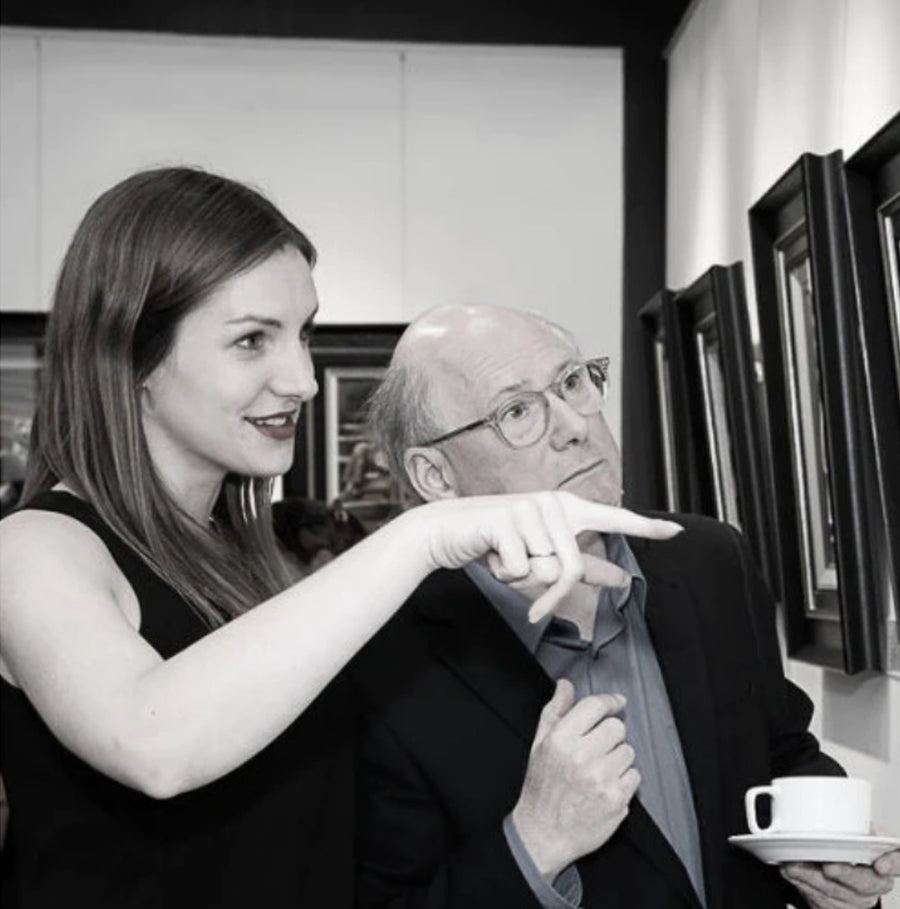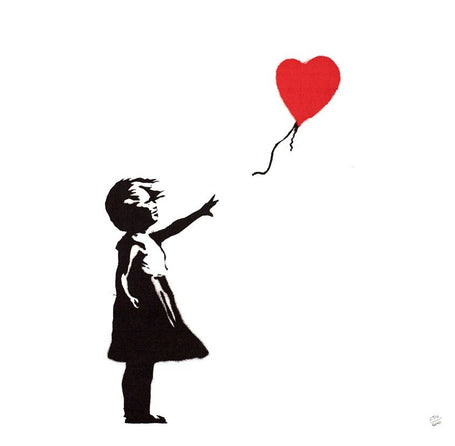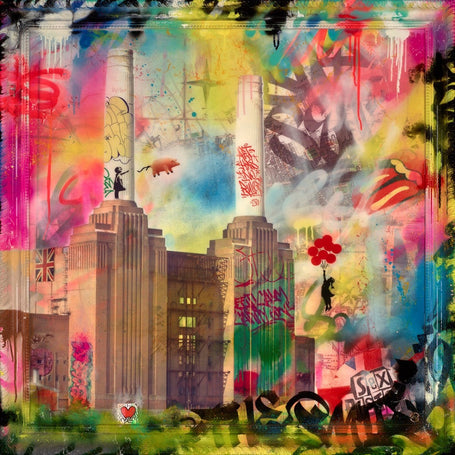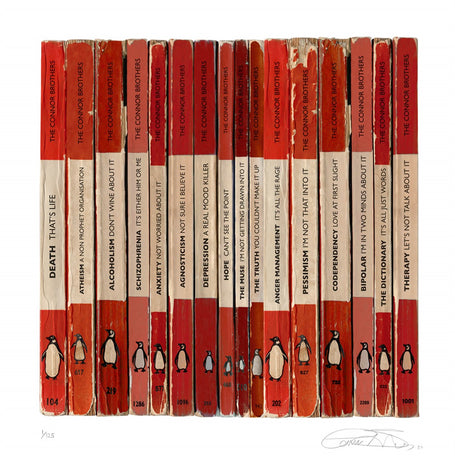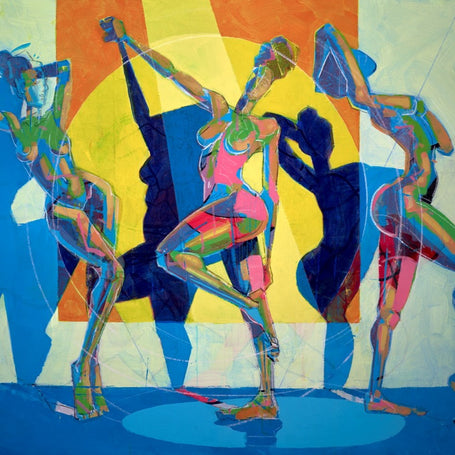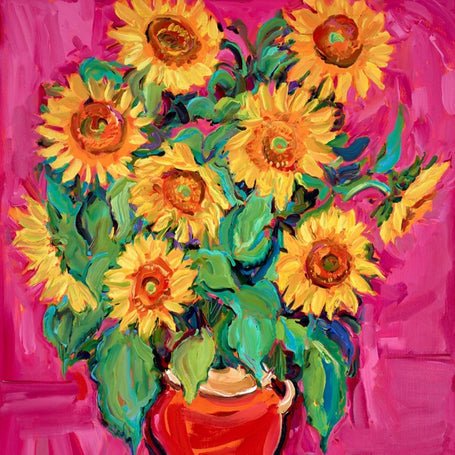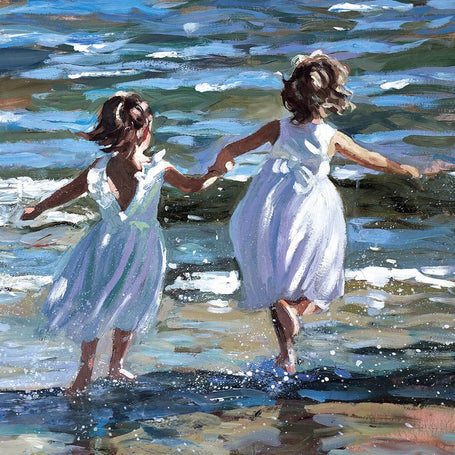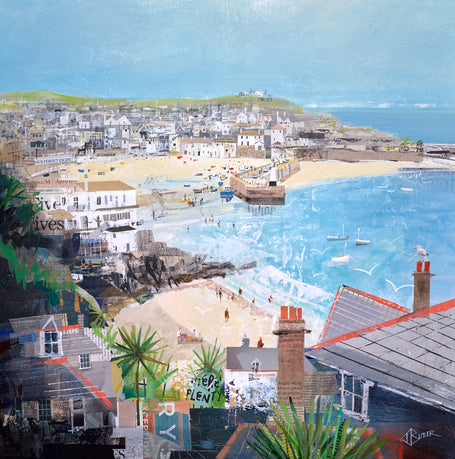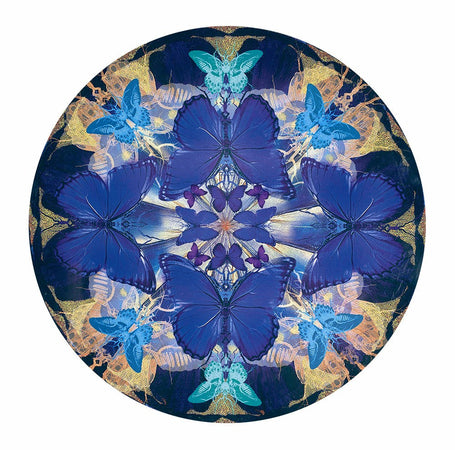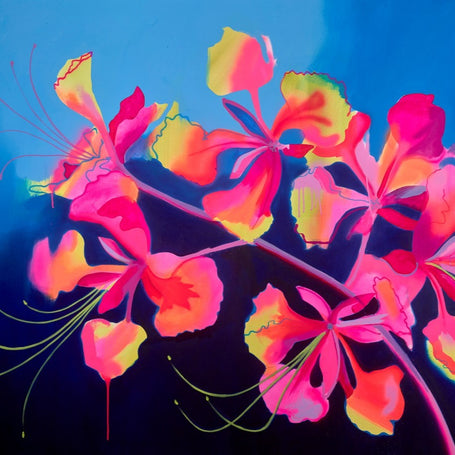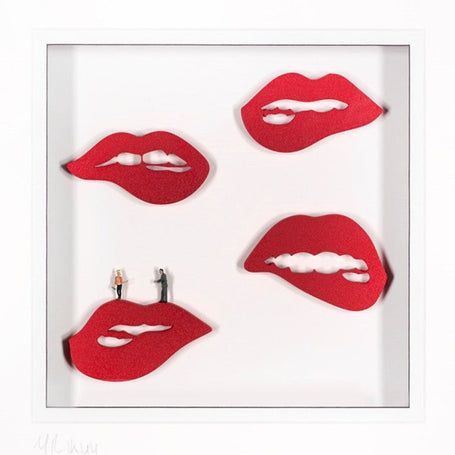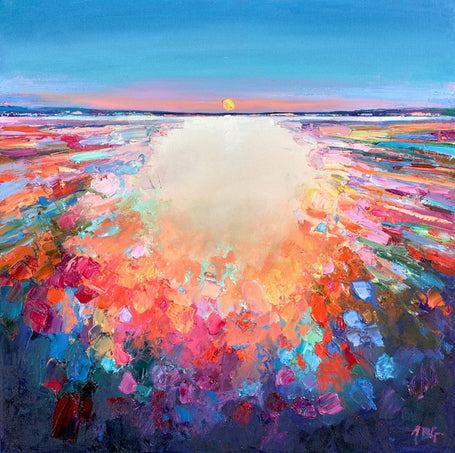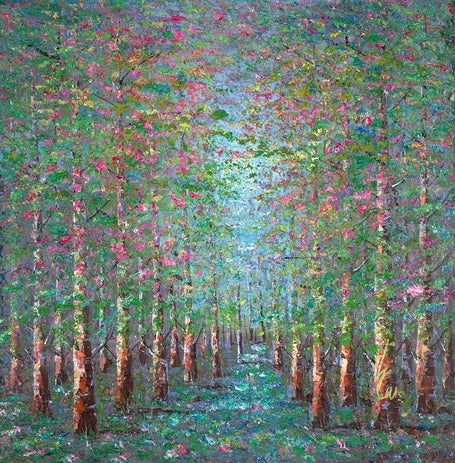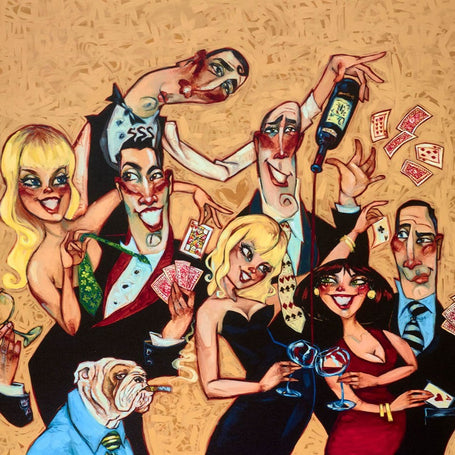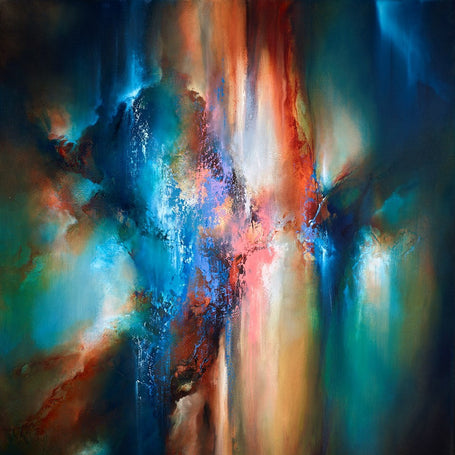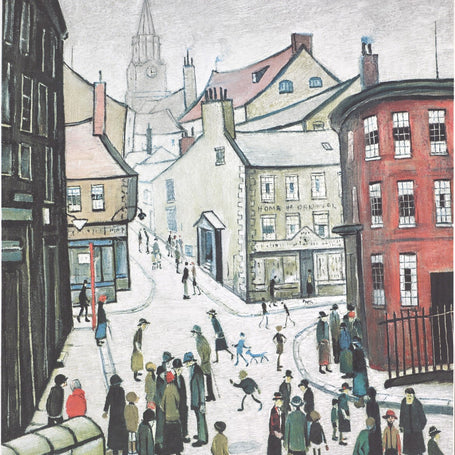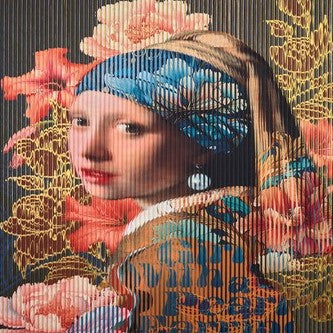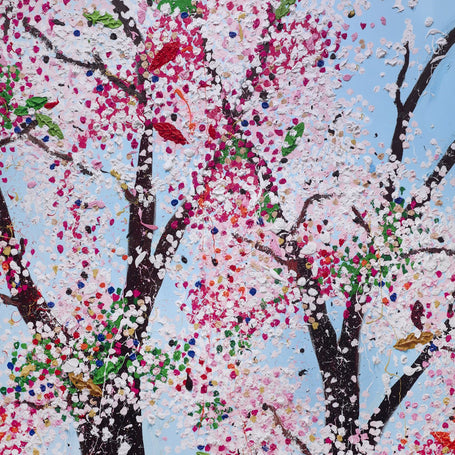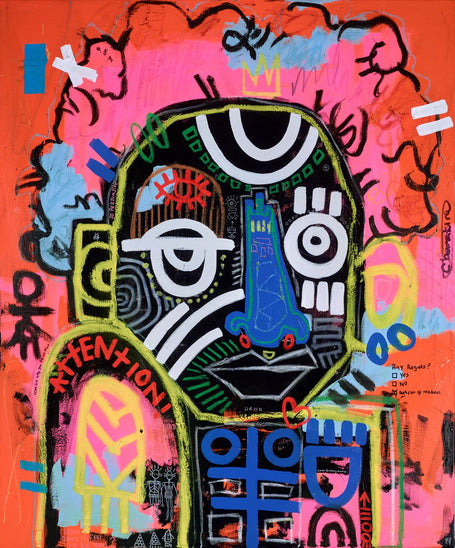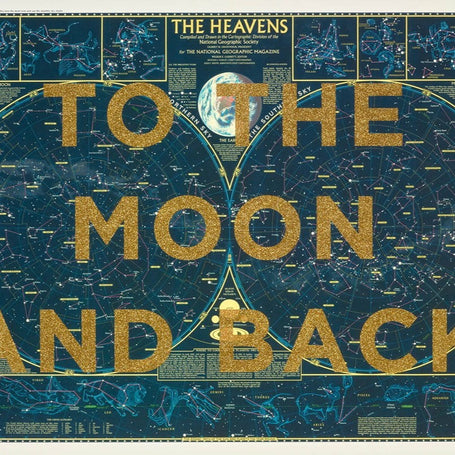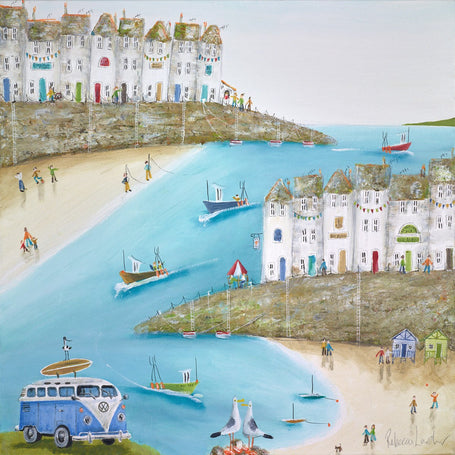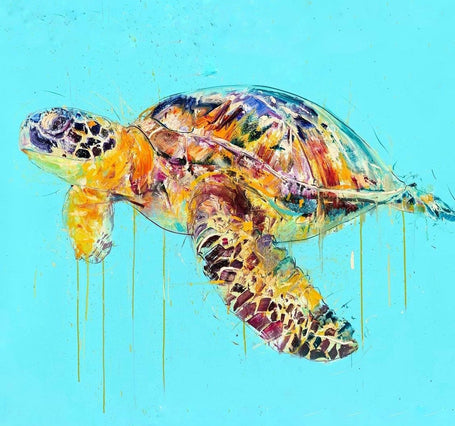Thierry Noir (b. 1958) is a pioneering French street artist whose vibrant, instantly-recognisable murals have become enduring symbols of freedom, resistance, and the transformative power of public art. Born in Lyon and based for much of his life in Berlin, Noir is celebrated for his bold, simplified aesthetic which is characterised by flat fields of bright colour, thick black outlines, and whimsical, cartoon-like figures. Over a career spanning more than four decades, his work has helped shape the language of contemporary street art.
Noir’s artistic journey took a defining turn in the 1980s when he moved to West Berlin and found himself face-to-face with the imposing presence of the Berlin Wall. In 1984, he began painting the Wall - an act of both protest and artistic intervention - becoming the first artist to do so on a large scale. With little more than buckets of paint and an urgent desire to reclaim the space, he covered the concrete barrier with his colourful figures, turning a global symbol of division into a canvas of hope and creativity. His murals quickly became emblems of resistance and optimism, resonating with the broader cultural movement that led to the fall of the Berlin Wall in 1989.
Following this pivotal period, Noir’s influence spread internationally throughout the 1990s. His unmistakable style, accessible yet powerful, helped redefine the role of street art as a form of public engagement and political commentary. In recent years, he has collaborated with other major figures in the urban art scene, including British street artist STIK, with whom he created a large mural in London’s Shoreditch. His art is now held in several prominent public collections, including the Musée en Herbe in Paris, the Saatchi Gallery in London, and the East Side Gallery in Berlin, a preserved stretch of the Berlin Wall featuring his original work.
Despite institutional recognition, Noir has remained committed to the democratic spirit of street art, using public space as an open invitation for creative and collective expression. His legacy lies not just in the aesthetic he helped to pioneer, but in his role as a cultural catalyst - an artist who dared to paint on one of the most charged political structures of the twentieth century, and in doing so, helped transform a wall into a message.
